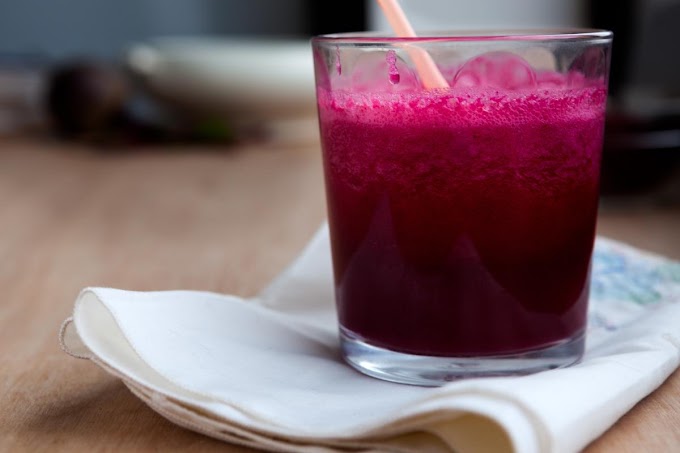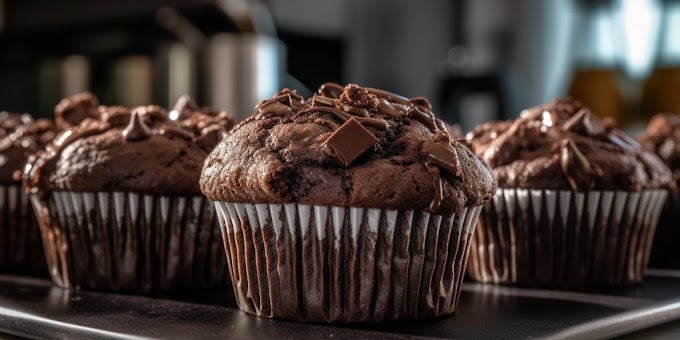Making a cake can be a joyful and rewarding experience, whether you're a seasoned baker or a beginner in the kitchen. With countless varieties of cakes to choose from—each offering unique flavors, textures, and decorations—the art of cake-making is both simple and endlessly creative. In this blog, we’ll walk you through the essentials of baking a cake from scratch, explore some popular cake types, and share tips and tricks to help you achieve that perfect bake every time.
Understanding the Basics: Cake-Making Essentials
Before diving into a specific cake recipe, it’s important to understand the basic components that make up most cakes. These core ingredients form the foundation of your cake, and each plays a crucial role in creating the final product.
Flour: Flour is the backbone of most cakes, providing structure and stability. All-purpose flour is commonly used, but cake flour, which has a lower protein content, can make cakes lighter and more tender.
Sugar: Sugar does more than just sweeten the cake; it also helps to tenderize the batter, create a moist texture, and promote browning.
Fats: Butter or oil adds richness and flavor to the cake. Butter is often preferred for its ability to incorporate air when creamed with sugar, resulting in a fluffier texture.
Eggs: Eggs provide structure, moisture, and richness. They also help to bind the ingredients together and contribute to the cake's rise.
Leavening Agents: Baking powder and baking soda are the most common leavening agents used in cakes. They create the bubbles that make the cake rise, leading to a light and airy texture.
Liquids: Milk, water, or other liquids help to moisten the batter and dissolve the dry ingredients. The amount of liquid used can affect the cake's density and crumb.
Flavorings: Vanilla extract, cocoa powder, fruit zest, and spices can be added to enhance the flavor of your cake.
The Classic Vanilla Cake Recipe
Now that we’ve covered the basics, let’s dive into a classic vanilla cake recipe. This simple yet delicious cake is perfect for any occasion and serves as a great base for various fillings and frostings.
Ingredients:
2 ½ cups all-purpose flour
2 ½ teaspoons baking powder
½ teaspoon salt
1 cup unsalted butter, room temperature
1 ¾ cups granulated sugar
4 large eggs, room temperature
1 tablespoon vanilla extract
1 cup whole milk, room temperature
Instructions:
Preheat the Oven: Begin by preheating your oven to 350°F (175°C). Grease and flour two 9-inch round cake pans or line them with parchment paper.
Prepare the Dry Ingredients: In a medium bowl, whisk together the flour, baking powder, and salt. This ensures that the leavening agents are evenly distributed throughout the flour.
Cream the Butter and Sugar: In a large mixing bowl, beat the butter and sugar together until light and fluffy, about 3-4 minutes. This step is crucial for incorporating air into the batter, which will help the cake rise.
Add the Eggs: Add the eggs one at a time, beating well after each addition. This helps to create a smooth and emulsified batter.
Incorporate the Vanilla: Mix in the vanilla extract, ensuring it’s evenly distributed throughout the batter.
Alternate Adding Dry Ingredients and Milk: With the mixer on low speed, add the flour mixture in three parts, alternating with the milk, beginning and ending with the flour. Mix until just combined, being careful not to overmix the batter, as this can lead to a dense cake.
Bake the Cake: Divide the batter evenly between the prepared cake pans. Smooth the tops with a spatula and bake for 25-30 minutes, or until a toothpick inserted into the center comes out clean.
Cool the Cake: Allow the cakes to cool in the pans for 10 minutes before transferring them to a wire rack to cool completely.
Frost and Decorate: Once the cakes are completely cooled, you can frost and decorate them as desired. A classic buttercream frosting pairs beautifully with vanilla cake, but feel free to get creative with your toppings.
Variations and Customizations
One of the joys of baking is experimenting with different flavors, textures, and decorations. Here are a few ideas to customize your cake:
Flavor Twists: Swap out the vanilla extract for almond, lemon, or coconut extract for a different flavor profile. You can also add citrus zest, spices like cinnamon or nutmeg, or even finely chopped nuts to the batter.
Filling Options: Elevate your cake by adding a layer of filling between the cake layers. Popular options include fruit preserves, pastry cream, whipped ganache, or flavored buttercream.
Frosting Choices: While buttercream is a classic choice, there are many other frosting options to explore, such as cream cheese frosting, ganache, whipped cream, or meringue. Each brings its own unique flavor and texture to the cake.
Decorations: Get creative with your cake decorations! You can use fresh fruits, edible flowers, sprinkles, or even chocolate shavings to add visual appeal. If you’re feeling adventurous, try your hand at piping intricate designs or using fondant for a smooth finish.
Tips and Tricks for a Perfect Cake
Baking a cake might seem straightforward, but a few tips and tricks can make the process even smoother and ensure a perfect result every time:
Room Temperature Ingredients: Using ingredients at room temperature, especially eggs, butter, and milk, helps them to incorporate more easily into the batter, resulting in a smoother texture.
Measure Accurately: Baking is a science, so accurate measurements are crucial. Use a kitchen scale for the best results, especially when measuring flour.
Don’t Overmix: Overmixing the batter can lead to a tough cake. Mix just until the ingredients are combined, and always fold in delicate ingredients like whipped egg whites or berries by hand.
Rotate the Cake: Halfway through baking, rotate the cake pans in the oven to ensure even baking. This is especially important if your oven has hot spots.
Test for Doneness: To avoid an undercooked or overcooked cake, start checking for doneness a few minutes before the recipe suggests. A toothpick or cake tester inserted into the center of the cake should come out clean or with just a few moist crumbs clinging to it.
Troubleshooting Common Cake Problems
Even the most experienced bakers encounter issues from time to time. Here are some common cake problems and how to fix them:
Cake Sinking in the Middle: This could be due to under baking, opening the oven door too soon, or using too much leavening agent. Make sure your oven is properly preheated and avoid peeking until the cake is almost done.
Dry Cake: A dry cake can result from overbaking, using too much flour, or not enough fat or liquid. Double-check your measurements and keep a close eye on the baking time.
Dense Cake: A dense cake can occur if the batter is overmixed, the leavening agents are old, or the oven temperature is too low. Make sure to mix just until combined and check the freshness of your ingredients.
Conclusion
Baking a cake is a delightful experience that allows for creativity and personal expression. Whether you’re baking for a special occasion or simply to enjoy a sweet treat, understanding the basics and experimenting with different flavors and techniques can help you create a cake that’s as beautiful as it is delicious. With the recipe and tips provided in this blog, you’re well on your way to mastering the art of cake-making. Happy baking!








Social Plugin